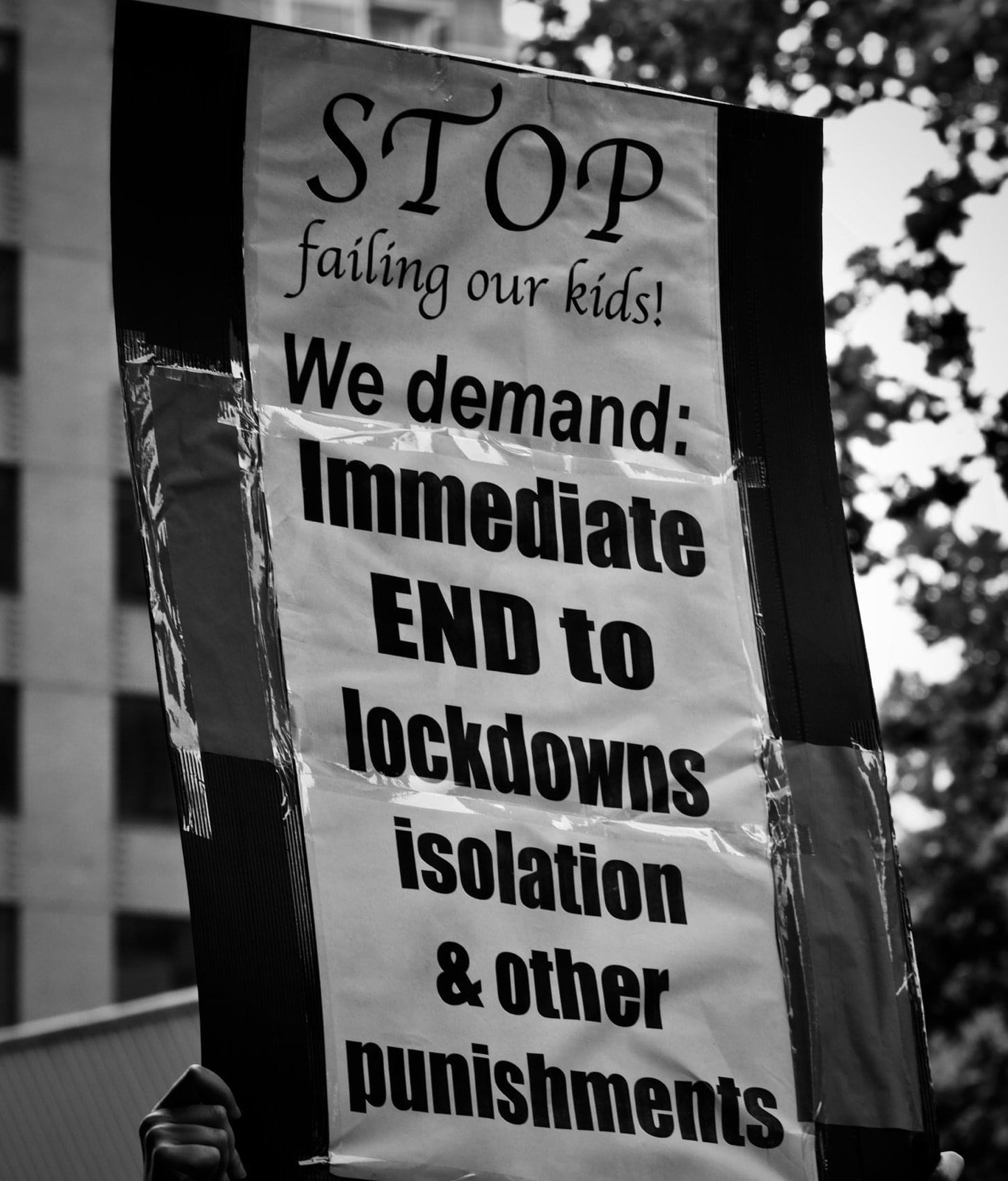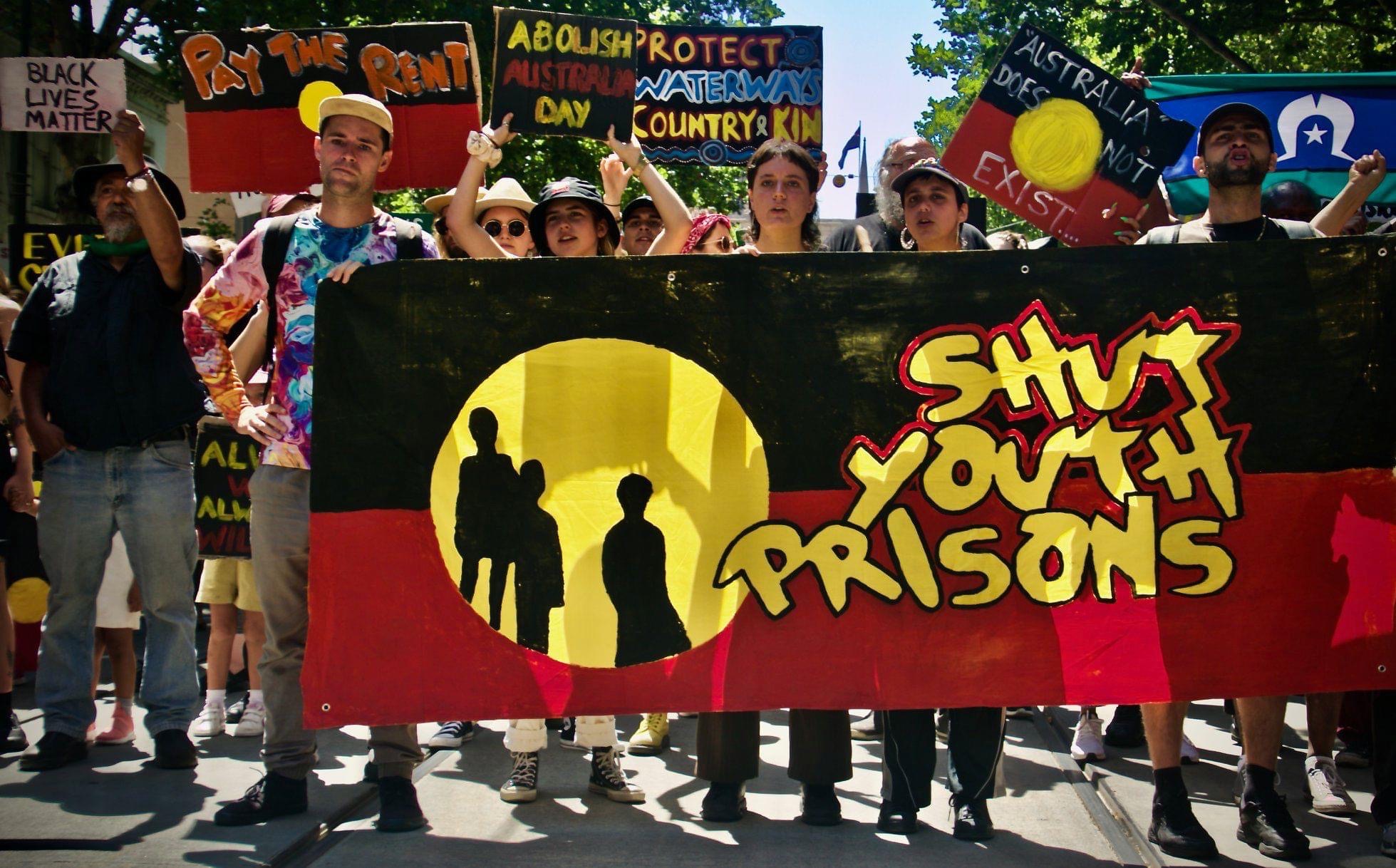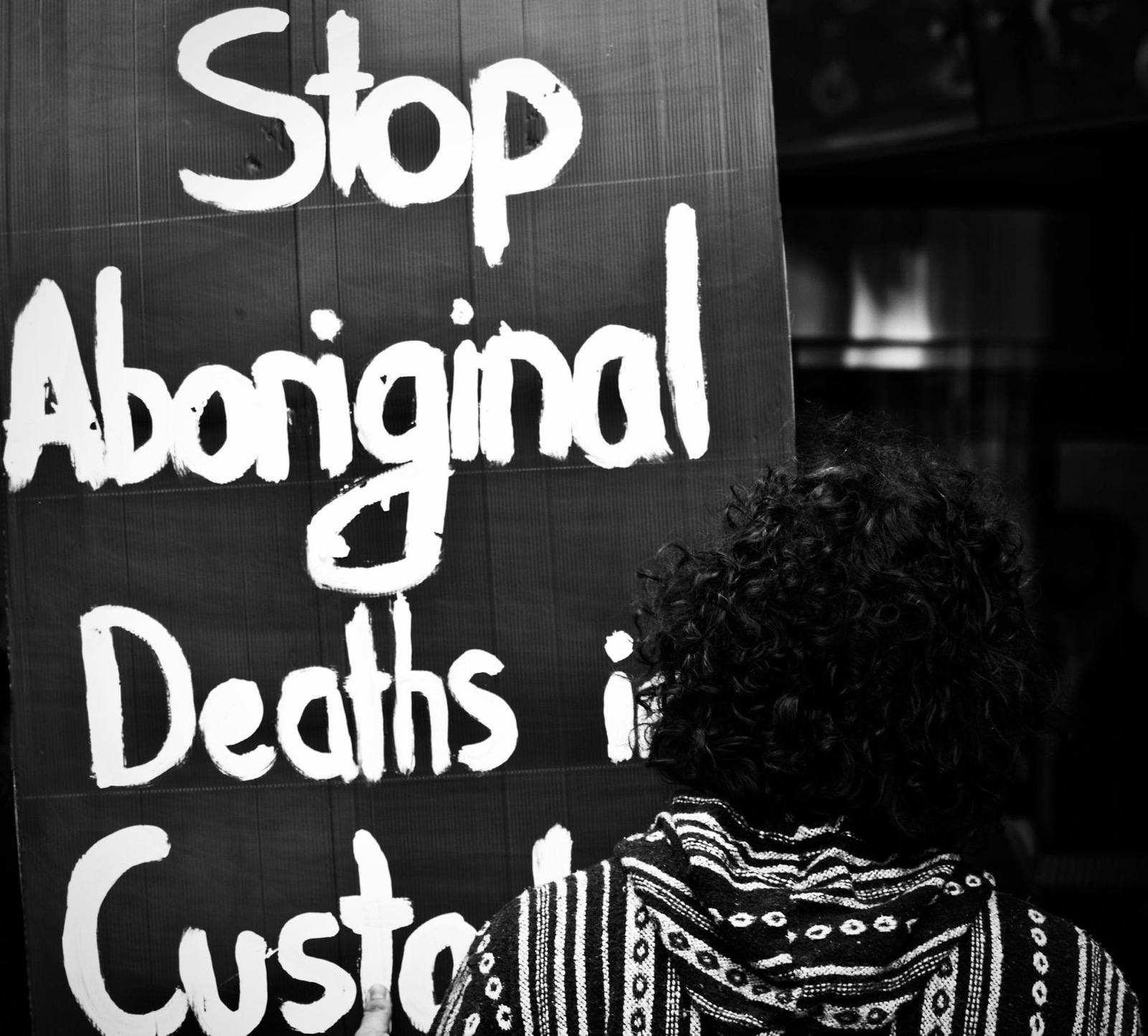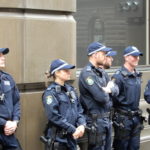“An Act of Negligence”: An Interview With COVID Prison Watch’s Miranda Gibson

The NSW government passed a suite of emergency laws on 24 March, just as it was about to close parliament for the duration of the COVID-19 pandemic. And amongst the extraordinary measures that were set in play, were provisions that allow for the early release of certain inmates.
Indeed, as soon as it became clear that this potentially fatal disease was posing a global threat, the issue of what should be done about inmates locked in enclosed environments became of importance, not only for prisoner populations, but for communities in general.
This state’s early release laws allow NSW Corrective Services commissioner Peter Severin to grant early parole to inmates, based on consideration of the time they have left to serve on their sentences, their age and their health.
In relation to these measures, NSW attorney general Mark Speakman remarked, “The bill seeks to provide us with powers we hope we will never have to use but the evolution of the pandemic may require.” And in true Berejiklian government style, nothing has been done to help any inmates.
Global examples
However, this scenario hasn’t been replicated around the globe. In other countries where authorities have imposed policies allowing for the early release of prisoners, they’ve actually acted upon them.
Take Afghanistan, for instance. The head of that nation’s largest prison, eastern Kabul’s Pul-e-Charkhi was able to state on 15 April, that his facility had so far released 5,374 inmates in line with a presidential decree to release 10,000 prisoners during the pandemic.
In the Canadian province of Ontario, authorities have released more than 2,300 prisoners in response to the onset of the pandemic. The local government announced it was implementing emergency measures in mid-March, and then it went on to act upon them.
While in one of the countries hit hardest by COVID-19, Iran, the government moved to release 85,000 inmates early last month. This amounted to 35 percent of the total prisoner population, in a country that’s not recognised for its leniency.
Decarcerate now
As the NSW government has simply hung some window dressing in the form of early parole laws, while the rest of the nation has done little to nothing, a group of concerned citizens and civil society organisations have recently launched the COVID-19 Prison Watch website.
The prison watch site acts as an information hub to inform those concerned about what’s happening to local prisoner populations, as well as fill them in on current prisoner release campaigns, and how individuals can take action themselves.
Sydney Criminal Lawyers spoke with COVID-19 Prison Watch spokesperson Miranda Gibson about how the virus would spread easily within prisons, what’s actually happening on the ground in Australian facilities and why an outbreak inside would spread beyond prison walls.

Firstly, there are currently close to 43,000 adult prisoners being incarcerated in Australian correctional facilities. A disproportionate amount of them – 29 percent – are First Nations people.
There are grave concerns about what could happen to all inmates, especially the vulnerable, if there is an outbreak of COVID-19 in one of these facilities. Miranda, in your understanding, what would happen if the virus entered a prison?
If the virus enters the prison system, we know it could lead to a large health crisis, because that’s what we’ve seen in other parts of the world.
There has been well over a hundred deaths in prisons across the globe. And there are high numbers of people getting infected within prisons particularly in the United States.
When we look at the Australian prison population, something that puts people at particular risk is overcrowding.
We’ve had contact with people inside who have told us that their cells or their units are over capacity. Things like dining halls are too crowded.
So, this means that the social distancing measures that we’re putting into practice in the community are just not possible inside prisons.
The alternative being turned to in a lot of prisons is locking people in their cells for large portions of the day. That from a human rights perspective is completely unacceptable.
Being put in solitary confinement – or not having access to the kinds of support and activities that are needed – is problematic. So, it’s a very difficult situation for people inside right now.
The other thing that puts people in prison at particular risk is their health. Studies have shown that prisoners are particularly susceptible to health problems, because they have a larger percentage of chronic health issues, compared with the rest of the population.
A lot of the health issues pre-existing in the prison population are factors that increase people’s risk if they do get COVID.
This is a particular issue for First Nations people. And we need to be concerned about it, because we have already seen so many deaths in custody. A key factor in some deaths in custody has been a lack of adequate healthcare.
For example, Makayla Reynolds has been talking about the situation of her brother, Nathan, who died in prison from an asthma attack, because it took 40 minutes for someone to arrive after he first called for help.
Prisons are already unable to provide for the health needs of inmates. So, they couldn’t cope with a COVID-19 outbreak.

A lot of concerns have been raised about the fate of prisoners since the pandemic began. You’ve just launched COVID-19 Prison Watch in response. What’s its aim?
The main aim of the website is to be a central point of information. So, people who are concerned about these issues, who have loved ones inside, and organisations that advocate for prisoners can use the site to find updated information.
It has that focus on information, but also on actions. There are ways for people to take action, such as online petitions. For example, Makayla Reynolds has put together a petition and there’s a link to it.
The aim is not only to provide information, but hopefully, build community capacity for taking action, and to call for people to be released from prison.
The site provides details regarding the responses corrections and government are implementing in regard to prisons around Australia. What’s currently happening with inmates around the nation? And in your opinion, are any of the responses adequate?
There really hasn’t been any adequate responses. In NSW, there was legislation passed to enable people to get released. But, as far as we know, it hasn’t actually been used to release people.
There may be some individuals who are getting early parole or released due to individual advocacy or the discretion of judges and so forth.
But, to date, we haven’t seen a large-scale release of people that would be required to stop this becoming a health disaster.
Instead, what response we have seen coming from corrections is that people are actually facing greater restrictions inside: prisons have stopped all visits and some people are in lockdown.
What we’re hearing from inside is that this is having a large impact on people’s wellbeing. So, what we’re calling for, instead of taking this inhumane approach, is the release of people.
We have seen other countries releasing prisoners in order to slow the spread of the disease. So, we know it’s possible. And there would be simple ways that corrections could start doing that.
For example, bailing or paroling eligible people and focusing particularly on those who are vulnerable, such as First Nations people, elderly people and people with existing health problems.
But, we also want the government to take responsibility in providing support post-release as well.
They should be making sure that people are released into safe accommodation, where they can effectively quarantine in the community, after their release.

You also detail what’s going on around the globe during the pandemic. What are other nations doing in regard to incarcerated people?
A lot of countries responded quickly in terms of releasing people from prison. Countries all around the world have taken action to release prisoners.
For example, in Afghanistan, 10,000 people were released. There have been people released in countries like Brazil, Columbia and Germany.
These are examples that we could actually look to and see that it’s possible. We could pass legislation to get people out of prison in quite a swift manner. Seeing that response around the world is something that we could really look to.
When we see countries that haven’t taken action, what we are seeing is an increase in the amount of people who are getting the virus inside.
And graphs show that it does spread a lot quicker in prisons, than it does amongst the general population.
As you’ve touched on already, the site also provides guidance to those in the community who want to take action. What do you advise people do if they want to lend support?
We have the details of the corrections ministers for each state and territory on the site. So, we’re encouraging people to call or write to the minister. There is a sample on the website of some points that people can make.
There is also a page that shows different advocacy campaigns from other community groups.
And people can also subscribe to our email list. That way if there is a new action or campaign that people can take part in, then we will let them know about it.
COVID-19 Prison Watch was launched about a week ago. What’s the response been like so far?
It’s been great. As I said, we’ve got the option for people to sign up for updates. We’ve had over a hundred people sign up. And it’s being shared well over social media. We hope that it will continue to be shared and used as a community resource.
In making the website, we wanted it to be useful for people who are impacted by this issue. So, that means people can get in touch with us and let us know about any new information that we can add to the site.
It has been great in connecting people who are concerned about this issue. And it’s been building the power to be able to take action and pressure the government to adequately respond to what’s happening.
And lastly, Australian authorities are well aware of the risks that COVID-19 poses if it were to break out in a prison facility. The early release laws passed in NSW show that. So, what does it mean if governments simply continue to do nothing?
Given the government does know the impact of this issue, it not doing anything and allowing people to remain inside at this point is an act of negligence.
They can see from what’s going on around the world that it could actually lead to a high number of deaths in custody, in particular for First Nations people.
Obviously, we can’t allow this to happen and for the government to just stand back and leave people inside is completely irresponsible.
Not only thinking about the people inside who are going to be impacted, but also thinking about the fact that if an outbreak does occur in a prison it will lead to infections in the general population as well.
Staff are going in and out of prisons every day. It’s going to impact people inside, and also have health implications for the general community as well.
So, for the government to ignore this is a really big issue. That’s why it’s important that we are talking about this and putting the pressure on.







